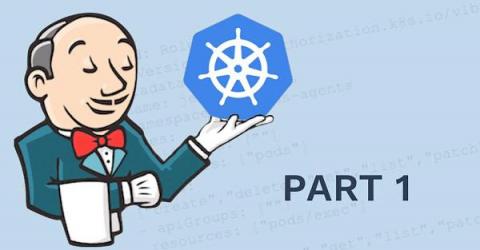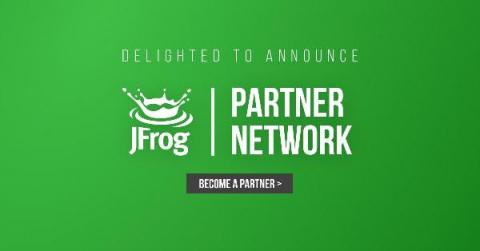Operations | Monitoring | ITSM | DevOps | Cloud
Latest News
Jenkins Kubernetes Plugin: Running Agents In Other Clusters
At Moogsoft we use Jenkins to implement our CICD Pipelines. We run Jenkins where we run most everything else; Kubernetes, but you don’t need to have Jenkins running on Kubernetes to use this plugin. This is made possible by the community maintained Kubernetes plugin. Recently we had the need to not only run agents local to the same cluster that Jenkins runs in, but in other clusters across different regions.
Jenkins Kubernetes Plugin: Using the plugin in your pipelines
In our first post we went over setting up the Kubernetes Plugin. This described the basic setup of getting the plugin configured, and set with the proper perms to function. In this post we will go over how to leverage the plugin to generate agent pods. At Moogsoft most of our pipelines are scripted and are built inside of, or from parts of, Jenkins shared functions library we maintain.
JFrog Product Leaders Answer swampUP Attendees' Burning Questions
Developer, Transform Yourself: Digital Transformation Starts with You
Leaping Forward With Our Partners: JFrog Unveils Tech Partner Program
Continuously deploy Rust applications
Rust, a blazing fast and memory-efficient language, made its first appearance about ten years ago. Rust has gained a lot of momentum recently with the popularity of WebAssembly, a language that allows languages like C++, C, and Rust to run in web browsers. This enables developers to build highly performant applications and provide web apps with native functionalities that are not available on the web platform. In this tutorial, you will learn how to deploy a Rust application to a hosting platform.
Go Cloud-Native or Go Home
The movement away from on-premise and towards the Cloud is unstoppable. Even the US government is on board with their plans to “accelerate movement to secure cloud services, including Software as a Service (SaaS), Infrastructure as a Service (IaaS), and Platform as a Service (PaaS).” On-prem software is deployed, hosted, and maintained by your organization.
Continuously deploy custom images to an Azure container registry
The Azure container registry is Microsoft’s own hosting platform for Docker images. It is a private registry where you can store and manage private docker container images and other related artifacts. These images can then be pulled and run locally or used for container-based deployments to hosting platforms. In this tutorial, you will learn how to create a custom docker image and continuously deploy it to an Azure container registry.











